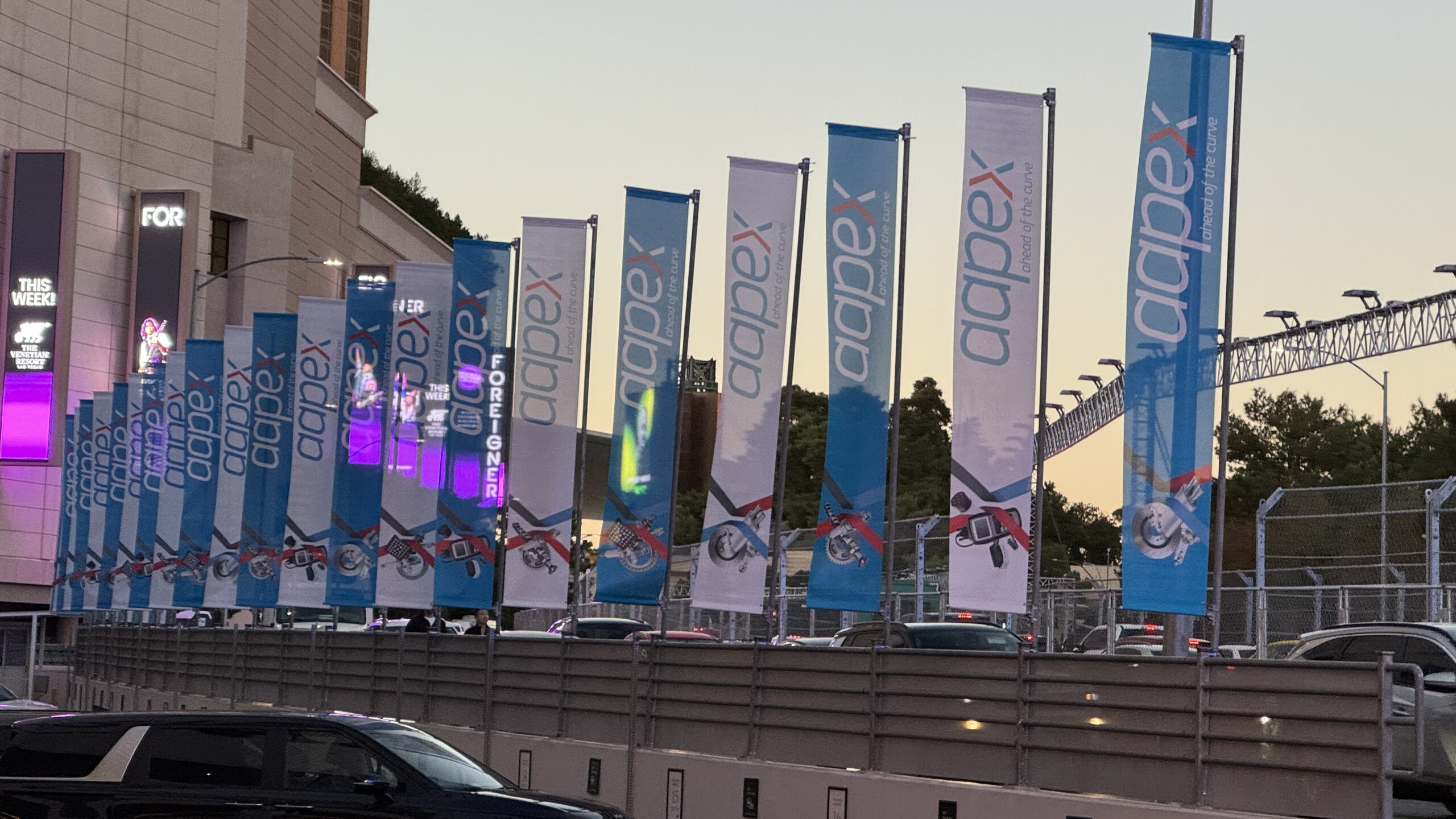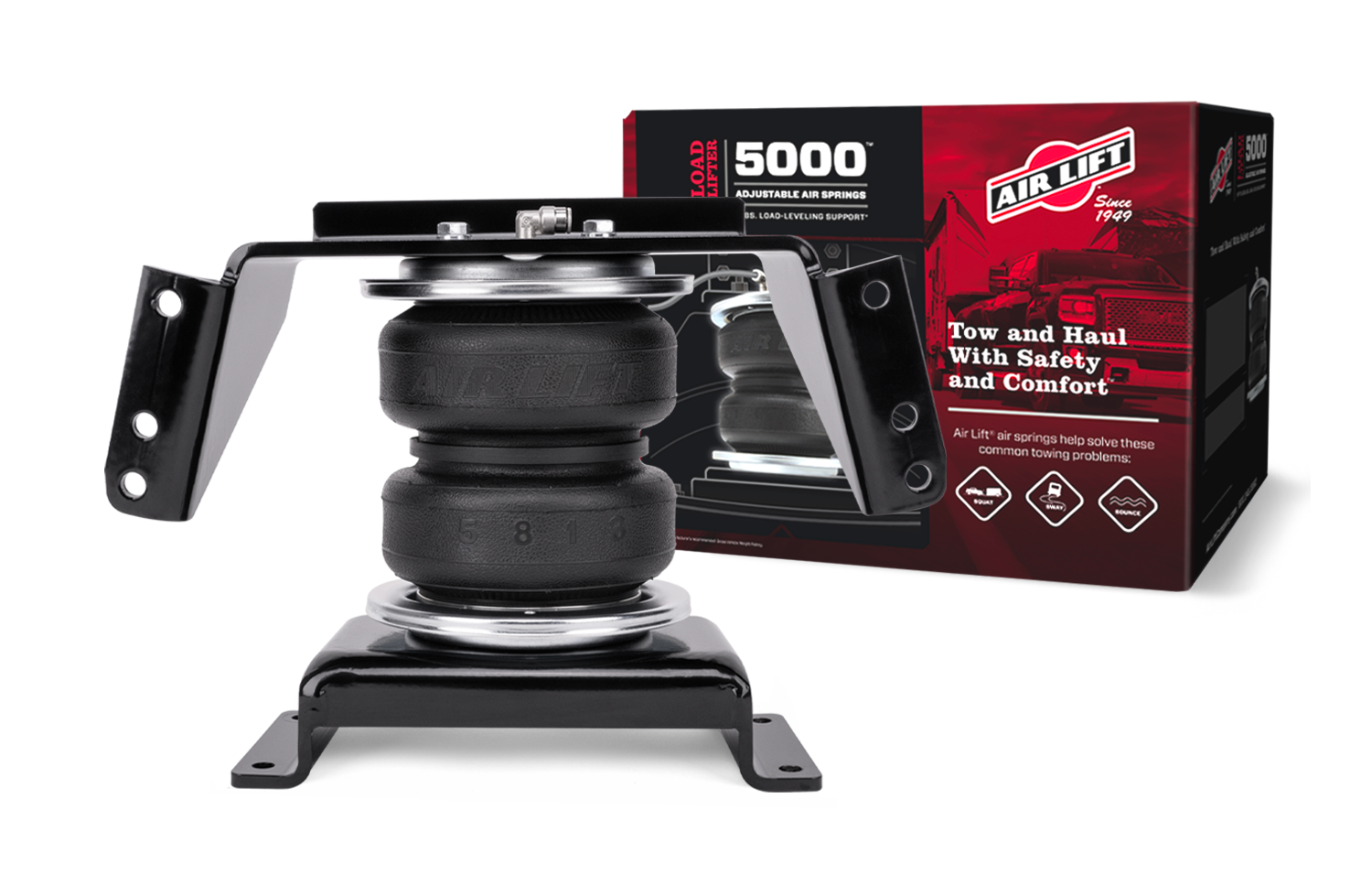
On the whole, the numbers look good. But there are concerns below the surface when looking deeper at consumer automotive repair trends.
After hitting a high of $10.9 billion in 2022, the J.D. Power 2023 Canada Customer Service Index—Long-Term (CSI-LT) Study, reported the auto service market declined this year. It now matches pre-pandemic levels at $9.1 billion. Perhaps to be expected as people spent their money closer to home, especially as new and used vehicles became scarce and expensive.
The study measures usage and satisfaction of service shops for vehicles that are four to 12 years old. It also found that Canadian customers are paying more for maintenance and repair work than a year ago but not going into their shops as often.
What that means is, service visits are down and repair costs are up. The study reported that the average cost per visit at a dealership is $432, up about 10 per cent ($394) from 2022.
Meanwhile, the average cost per visit at an independent shop is $262, an increase of $15 (6 per cent) from a year ago.
Inflation is having an effect when it comes to automotive service, observed J.D. Ney, automotive practice lead at J.D. Power Canada.
“Average spend per service visit is up year over year at both dealerships and aftermarket facilities — yet the number of service visits is down,” he said. “While the pandemic caused a decline in service visits and revenue, the market has rebounded strongly. Now, we’re seeing a return to pre-pandemic levels for service on four- to 12-year-old vehicles.”
As a continued warning to the aftermarket, dealers are expanding their foothold in the traditional aftermarket sweet spot. Dealers expanded their market share at the expense of the aftermarket sector, both in terms of revenue and number of service visits, the report found.
It noted that, of the $9.1 billion total market revenue this year, dealerships now have added three percentage points to their share, sitting at 61% in 2023. That translates to more than $250 million in revenue. Dealers are also seeing a higher number of average annual visits, up to 1.7 from 1.5 last year.
However, it’s the aftermarket that gets it done right the first time. Aftermarket facilities complete service work correctly the first time 95 per cent of the time, the same rate as last year. Meanwhile, dealers continued their decline from 96 per cent in 2021 to 94 per cent last year to 93 per cent in 2023.
Jiffy Lube topped the list for aftermarket satisfaction with a score of 818 (out of 1,000). Great Canadian Oil Change was second at 809. Those were the only two above the segment average. Lexus and Volkswagen dealerships tied for the top spot in the dealer segment with scores of 842.












Leave a Reply